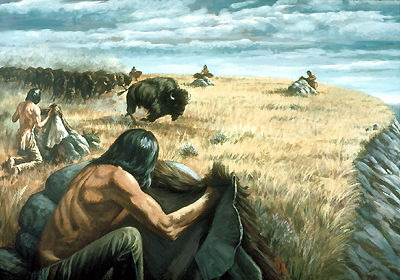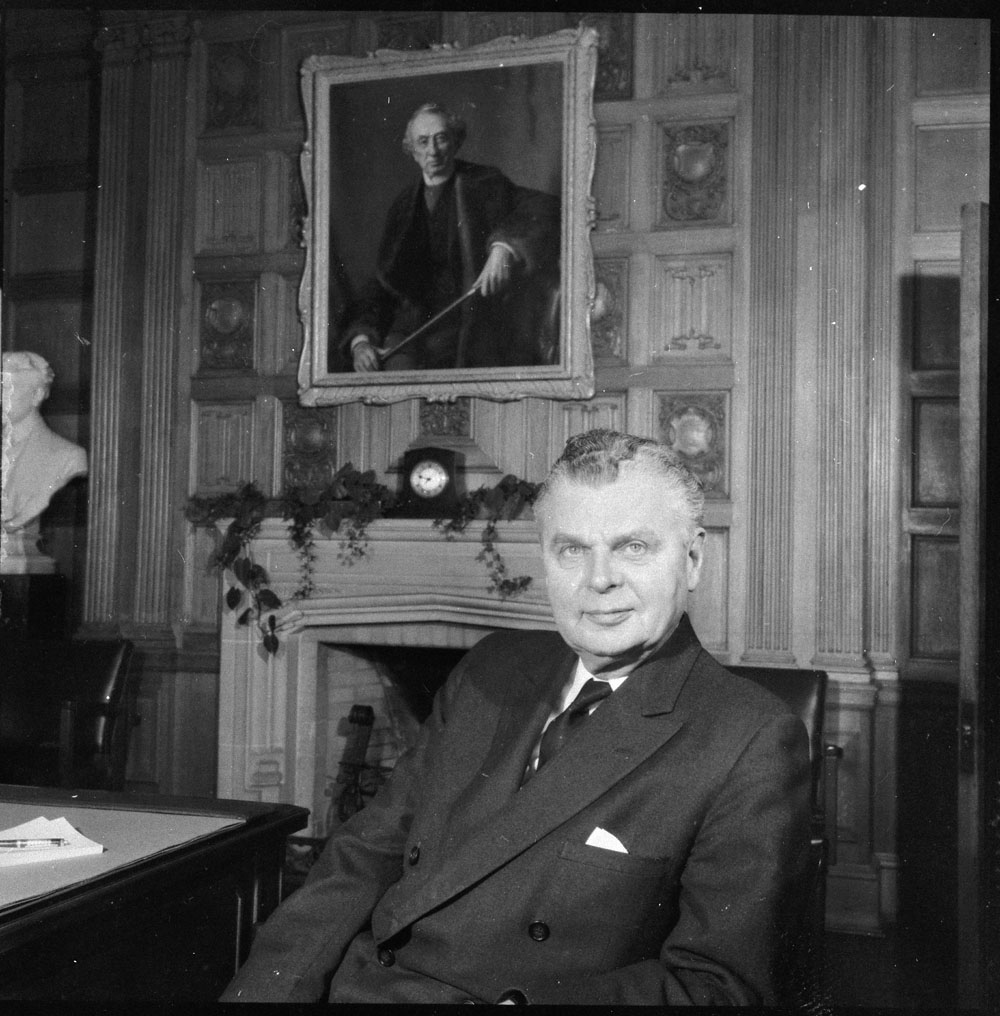Article
Plains Indigenous Peoples in Canada
The Plains cultural area is a vast territory that extends from southern Manitoba and the Mississippi River westward to the Rocky Mountains, and from the North Saskatchewan River south into Texas. The term “Plains peoples” describes a number of different and unique Indigenous nations, including the Siksika, Cree, Ojibwe, Assiniboine (Nakota) and Dakota.












